Inspirations:
We were inspired by the movement of jellyfish in the beginning. So we decided to create a jellyfish robot floating in the air by using helium balloons.
However, we couldn’t get helium. So we decided to use another structure:

https://www.nature.com/news/robot-jellyfish-takes-to-the-air-1.14528
We build the core structure and the wings:
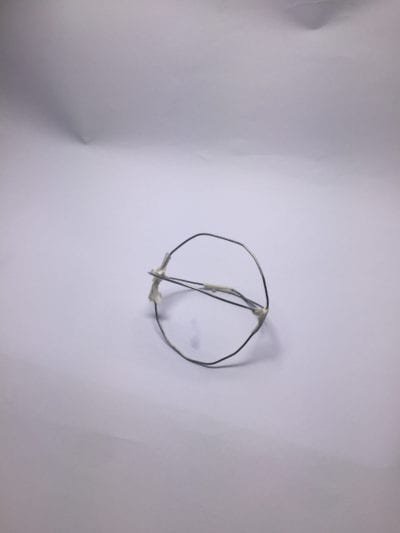
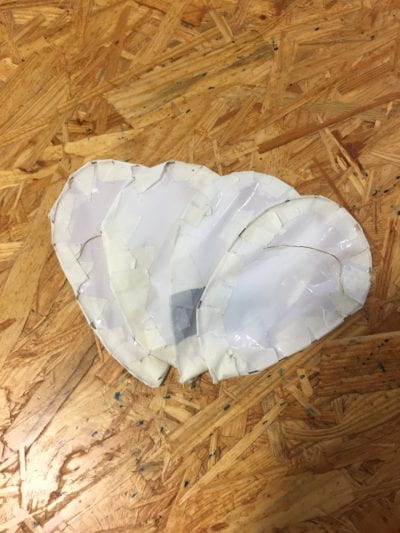
It turned out to be too heavy to fly. So we change to another animal: mudskipper
inspiration video:
We have three iterations in total. The first one was made with normal cardboard. During the testing, we found that cardboard is too soft to support the rotation of the leg. Also, the connection between the body and leg is not straight enough to move. For our second version, we replaced the cardboard to thicker and stronger ones. However, once we cut them into small pieces, they began to bend again. So we decided to replace these connection pieces with wood. We used laser cut to cut these pieces and replace them. The third version could move properly with hand control, but the traction between the rubber band and the wheel is not strong enough. We experimented with different rubber bands and decided to use multiple rubber bands for the traction.
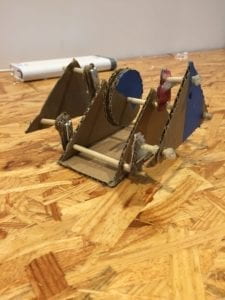
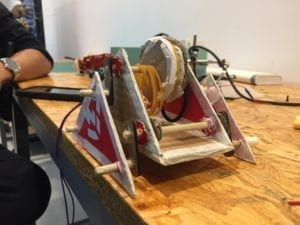
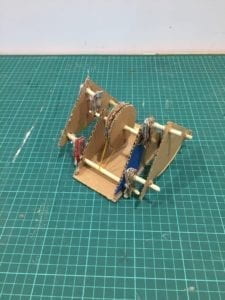

final documentation video:
Reflection:
It’s a good experiment with locomotion. I realized it’s always important to do research before starting to make things. For our jellyfish idea, we didn’t realize the material difficulties. Due to the lack of idea material, we gave up this idea. When we changed to Mudskipper, the whole structure is easier to understand and make.
For future improvement, I want to replace the motor to higher speed and replaced to a smaller battery, so this robot can really jump like a frog.








